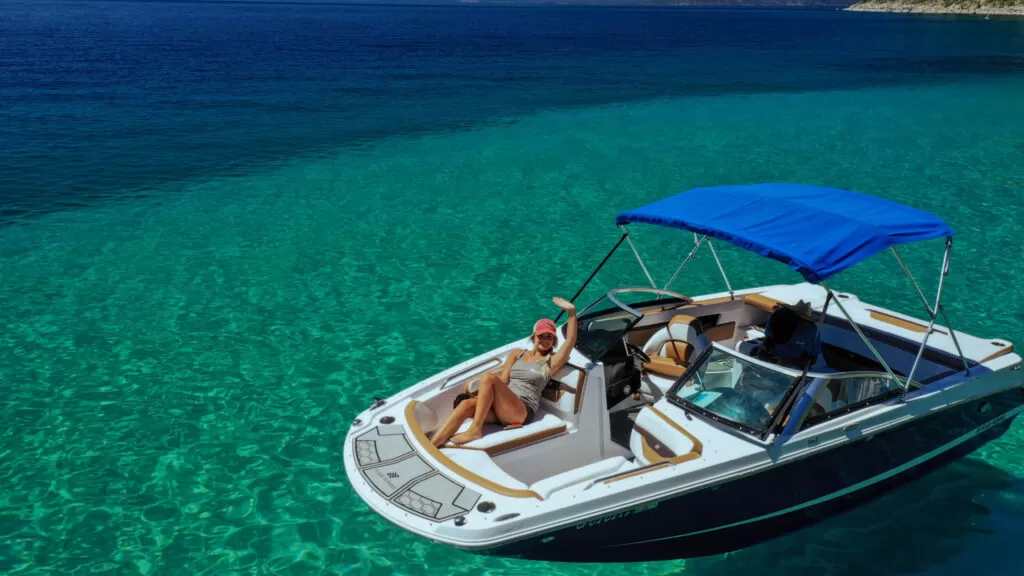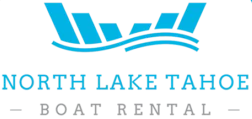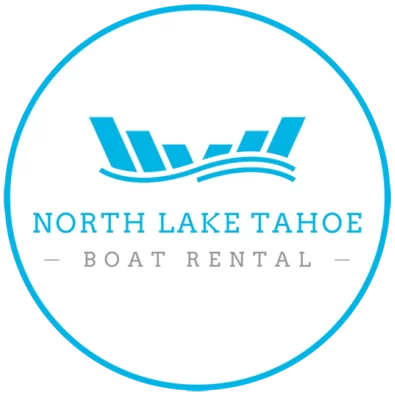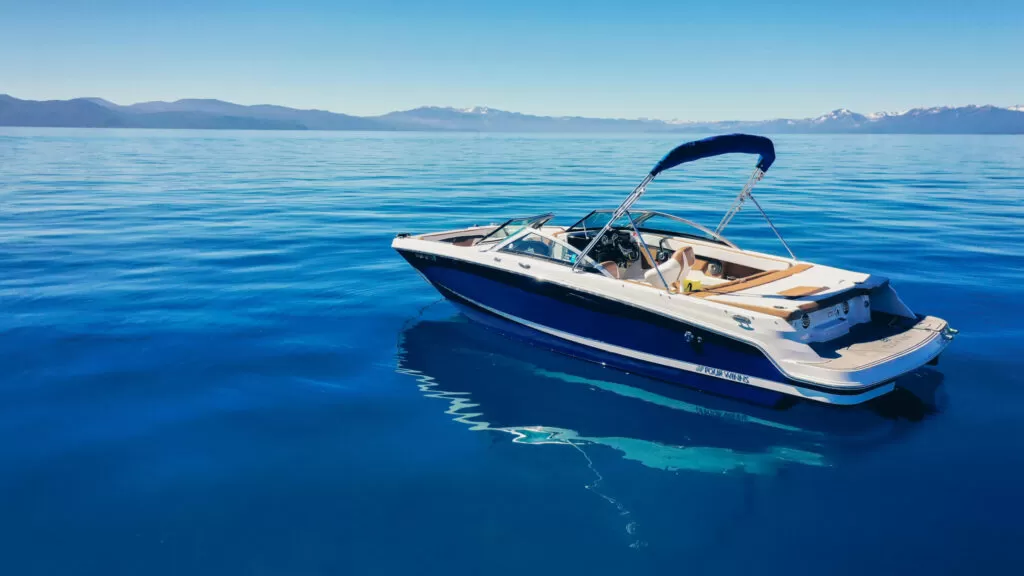Lake Tahoe, nestled in the Sierra Nevada mountains, is a premier destination for boating enthusiasts. With its crystal-clear waters and stunning alpine scenery, it’s no wonder that Lake Tahoe attracts boaters from near and far. However, to ensure the preservation of this natural treasure and the safety of all who enjoy it, Lake Tahoe has a set of boating regulations and permit requirements. In this article, we’ll provide a comprehensive guide to help you navigate these rules and make the most of your boating experience.
Understanding Lake Tahoe’s Boating Regulations
Boating on Lake Tahoe is a thrilling adventure, but it’s crucial to adhere to the local regulations to protect the lake’s environment and ensure the safety of everyone on the water.
Invasive Species Inspections
One of the primary concerns for Lake Tahoe is the prevention of invasive species. To protect the lake’s ecosystem, all watercraft must undergo an inspection before launching. This inspection checks for any invasive species that might hitch a ride on your boat, such as quagga mussels and New Zealand mudsnails.
Inspection Stations
Inspection stations are located at various points around the lake. It’s recommended to get your inspection done well in advance of your planned launch time to avoid delays. Once your boat passes inspection, you will receive a Tahoe inspection sticker, which must be displayed on your vessel.

Speed Limits and No-Wake Zones
Lake Tahoe has specific speed limits to ensure safety and minimize environmental impact. Within 600 feet of the shoreline, marinas, and in no-wake zones, the speed limit is 5 miles per hour. Beyond these areas, the speed limit increases to 15 miles per hour. Adhering to these limits is crucial to prevent shoreline erosion and protect wildlife habitats.
Noise Regulations
To maintain the tranquility of Lake Tahoe, noise regulations are strictly enforced. Boats are required to have properly functioning mufflers, and noise levels must not exceed 82 decibels when measured from a distance of 50 feet. Be mindful of these regulations to avoid fines and contribute to the peaceful environment of the lake.
Safety Equipment
Ensuring your boat is equipped with the necessary safety gear is not only a legal requirement but also essential for your safety and that of your passengers. Required equipment includes:
- Life Jackets: There must be a U.S. Coast Guard-approved life jacket for each person on board.
- Fire Extinguishers: Boats with inboard engines or enclosed compartments must carry fire extinguishers.
- Navigation Lights: Required for boats operating between sunset and sunrise.
- Sound-Producing Devices: Such as a horn or whistle, to signal your presence in low visibility conditions.
Boating Permits
In addition to adhering to the regulations, obtaining the necessary permits is a crucial step before you set sail on Lake Tahoe.


